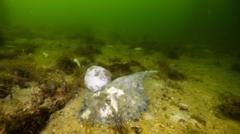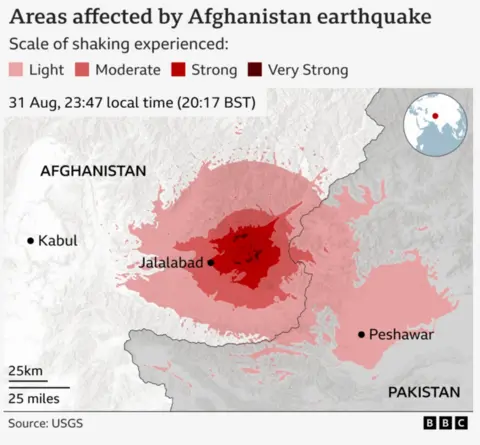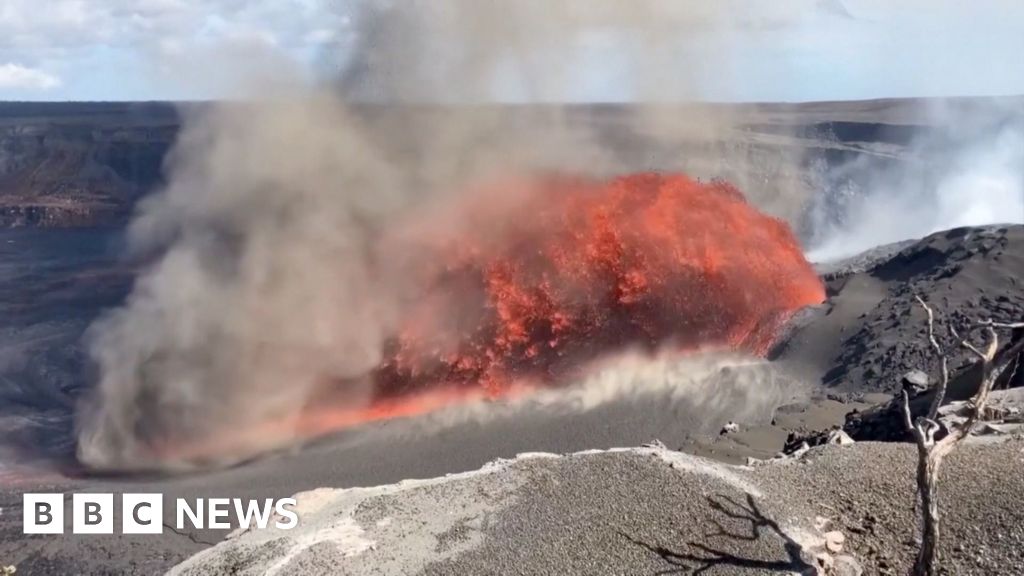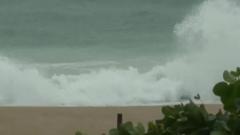The recent algal bloom in South Australia has raised alarms for both environmental and economic reasons. Premier Peter Malinauskas has labeled this crisis a "natural disaster," citing the catastrophic toll it has taken on marine life. This bloom, which has expanded significantly since its onset in March, now spans an area twice the size of the Australian Capital Territory, leaving a trail of devastation in its wake.
Over 400 marine species are reported dead as the bloom suffocates local ecosystems, leading to concerns regarding the local fishing industry's viability. Following the alarming reports, South Australian authorities have pledged to match the federal government's A$14 million assistance package aimed at funding research and environmental recovery efforts.
Despite the evident crisis, federal officials, including Environment Minister Murray Watt, have chosen not to classify the event as a natural disaster under current legislation—a definition typically reserved for historic calamities like cyclones and floods. This decision has drawn criticism from various opponents, including Greens Senator Sarah Hanson-Young, who condemned the federal response as inadequate and disconnected.
The negative impact this environmental disaster has had on the local economy is significant, with reports of fishers experiencing substantial income loss, leaving them in dire emotional states. Ian Mitchell, who assists the fishing industry, conveyed the human toll on the ground as some fishers have reportedly struggled for months without revenue due to the bloom.
As South Australia grapples with the repercussions of this algal bloom, the divergence in how state and federal governments acknowledge the disaster highlights ongoing debates about climate change and environmental policy in Australia. With the event closely linked to broader issues such as ocean warming and nutrient pollution, it underscores the urgent need for coordinated efforts in addressing climate-related disasters.
Over 400 marine species are reported dead as the bloom suffocates local ecosystems, leading to concerns regarding the local fishing industry's viability. Following the alarming reports, South Australian authorities have pledged to match the federal government's A$14 million assistance package aimed at funding research and environmental recovery efforts.
Despite the evident crisis, federal officials, including Environment Minister Murray Watt, have chosen not to classify the event as a natural disaster under current legislation—a definition typically reserved for historic calamities like cyclones and floods. This decision has drawn criticism from various opponents, including Greens Senator Sarah Hanson-Young, who condemned the federal response as inadequate and disconnected.
The negative impact this environmental disaster has had on the local economy is significant, with reports of fishers experiencing substantial income loss, leaving them in dire emotional states. Ian Mitchell, who assists the fishing industry, conveyed the human toll on the ground as some fishers have reportedly struggled for months without revenue due to the bloom.
As South Australia grapples with the repercussions of this algal bloom, the divergence in how state and federal governments acknowledge the disaster highlights ongoing debates about climate change and environmental policy in Australia. With the event closely linked to broader issues such as ocean warming and nutrient pollution, it underscores the urgent need for coordinated efforts in addressing climate-related disasters.





















